Functionality, features and workflows

This year marks dGB’s 30th birthday🎉—a perfect moment to reflect on where it all began.
- Written by: Marieke van Hout
Our journey started in the early 1990s when dGB founders (Paul de Groot and Bert Bril) worked for TNO on a research project involving Neural Networks and stochastic pseudo-wells. The successful project led to the start of dGB in 1995.
Read more: This year marks dGB’s 30th birthday🎉—a perfect moment to reflect on where it all began.
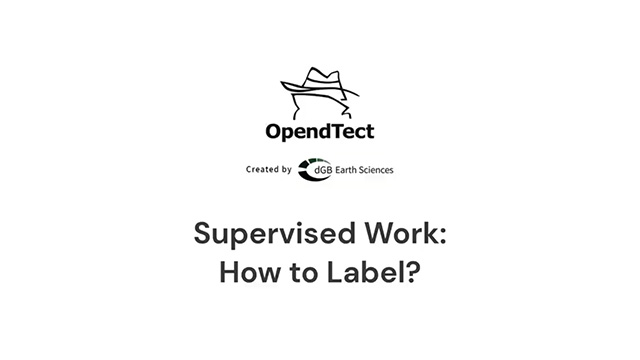
Creating labels for supervised geoscience applications
- Written by: Marieke van Hout
Supervised Learning is learning by example. It requires a training set with examples of input data tied to known output. The process of linking input to output is called "labeling".
In OpendTect, we support four key labeling methods for applications involving seismic and well data:
Read more: Creating labels for supervised geoscience applications
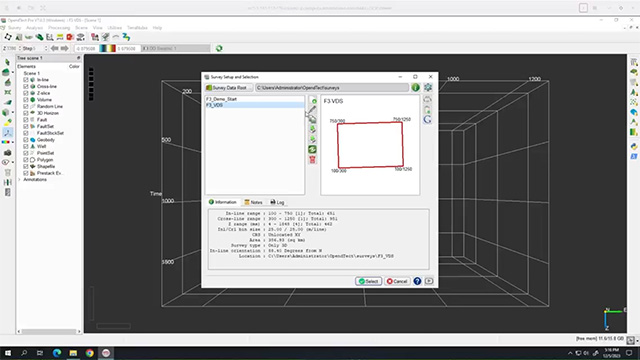
OpendTect v7.0.3 includes the first release of the AWS plugin
- Written by: Nanne Hemstra
As mentioned in last week's LinkedIn post, OpendTect v7.0.3 includes the first release of the AWS plugin. This plugin enables users not only to import from and export to S3 storage, but also to stream seismic data directly into OpendTect. Running OpendTect from an EC2 instance gives obviously the best performance, but all functionality works on premise as well.
Read more: OpendTect v7.0.3 includes the first release of the AWS plugin
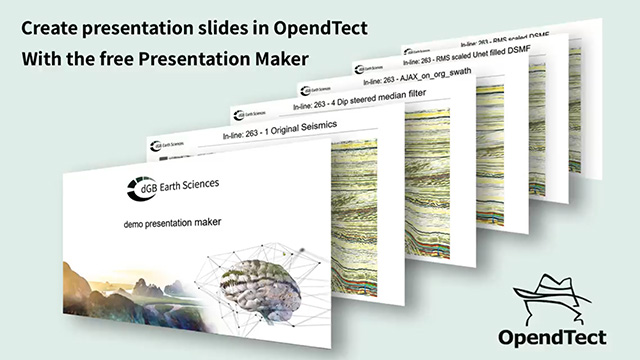
Streamline Your Presentations with OpendTect: Fast, Professional Results with the free Presentation Maker
- Written by: Lloyd van Hout
Discover the ease and efficiency of OpendTect's Presentation Maker, accessible to everyone. Seamlessly import images directly from your projects into your custom presentation template. With just a click, it auto-generates slides and titles, transforming your data into visually compelling presentations effortlessly. Experience a smarter way to communicate your project insights with this innovative tool.
Read more: Streamline Your Presentations with OpendTect: Fast, Professional Results with the free...
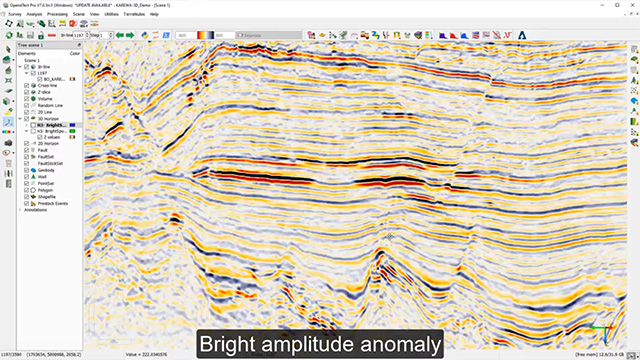
How to Visualize Amplitude Anomaly in 3D Using Spectral Decomposition and RGB Attribute
- Written by: Hesham Refayee
Spectral decomposition and RGB(A) blending is not only useful for studying sub-seismic resolution stratigraphic features, but can be a great asset to highlight potential bright (spot) amplitude anomalies.
Read more: How to Visualize Amplitude Anomaly in 3D Using Spectral Decomposition and RGB Attribute
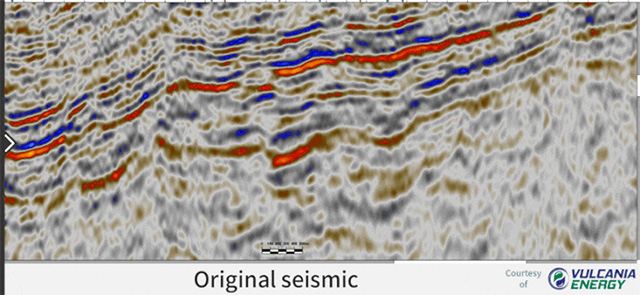
Can AI Outshine Human Expertise in Seismic Analysis?
- Written by: Marieke van Hout
Vulcania Energy, on behalf of MEPC, recently harnessed OpendTect's AI-based fault interpretation to supercharge seismic analysis in an offshore West African field.
Within this reservoir lie complex carbonate turbiditic deposits, molded by gravity's touch, presenting a captivating challenge for both human experts and AI.
Read more: Can AI Outshine Human Expertise in Seismic Analysis?
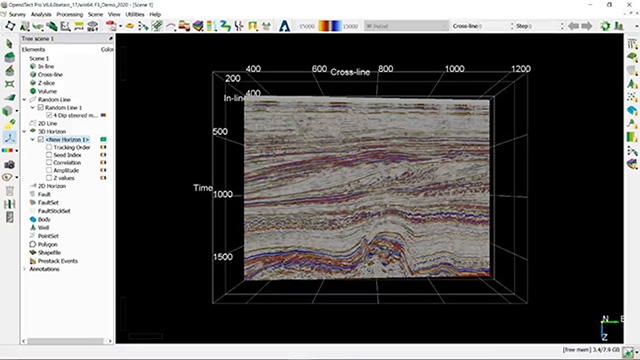
Have you explored the free 3D auto tracker in OpendTect yet?
- Written by: Marieke van Hout
I really prefer this to conventionally tracking horizons in a grid!
Here's why:
Read more: Have you explored the free 3D auto tracker in OpendTect yet?
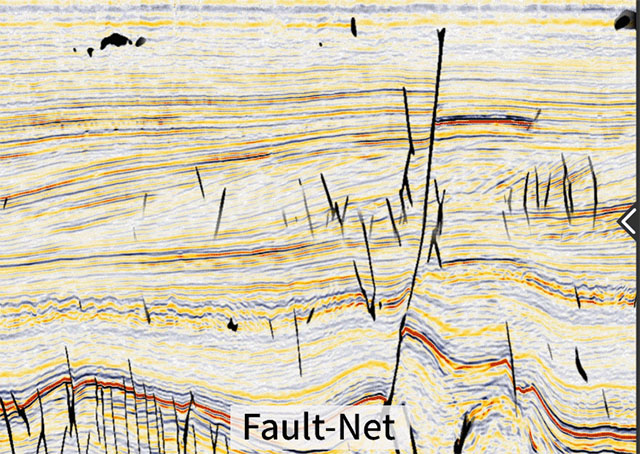
Introducing our new Pre-trained Fault model (Fault Net)
- Written by: Paul de Groot
dGB Earth Sciences is thrilled to unveil the latest addition to our Machine Learning library - a state-of-the-art pre-trained model that is designed to predict faults and fractures in 2D/3D seismic data.
Read more: Introducing our new Pre-trained Fault model (Fault Net)
